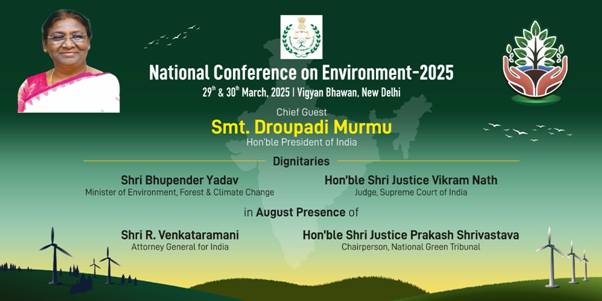Have you had an event in mind, but you are confused as to whether to organise a summit or a conference? You’re not alone. These two concepts are used interchangeably, but they address two different things. Their difference will assist you in selecting the appropriate format that will meet your objectives, audience, and anticipated results.
In today’s article, we will explore a complete guide on differences between summit and conference in detail.
What is a Summit?
A summit is a meeting-level event in which experts, leaders, and influential people meet over a certain issue or even a specific subject matter. Whereas in conferences, the presence of the audience is more usual, in summits, people are required to listen to the speakers, policy makers or even the heads of industry. Mostly, these functions are by invitation, and thus they are more exclusive and prestigious.

Source: G20
Key Characteristics of Summits
1. Pay attention to profound conversations and the exchange of ideas:
Summits promote the top-level discussions between powerful people. The participants go through every session internalising the information relating to a specific problem. The selection of a wide variety of experienced and knowledgeable guest speakers makes the discussions more interesting and brings more important results.
2. Strict and elitist:
Summits are generally organised, traditional and ceremonial. They are structured to cater to the congregation of CEOs, surgeons, government officials, policy makers, and thought leaders.
3. Specifically focused on the resolution of a particular problem:
Whereas conferences are education-oriented, summits are problem-solving. In another example, the 1996 UN Food and Agriculture Organisation summit in Rome dealt with hunger in the world. Conclusions of summits usually give practical plans of action and clear solutions.
Why Attend a Summit?
Being in a summit offers limited chances to network with top-level leaders and to understand profoundly, as well as to remain informed of key trends and innovations. These incidents also contribute to the growth of credibility and persuasiveness in an industry.
What is a Conference?
A conference is a formal gathering that brings together a larger and more diverse audience from the same industry to exchange ideas, learn from speakers, and participate in workshops. Conferences often last several days and may require participants to register or purchase tickets.

Source: PIB
Key Characteristics of Conferences
1. Open-ended and knowledge-based:
In conferences, the learning, open discussions and networking are considered. The attendees are left with new ideas and not solutions.
2. Broad target audience:
Conferences, unlike summits, include a lot of professionals in the same field. Speakers give personal testimonies, trends in the industry, research, and such like- in most cases, inviting participants to interact.
3. Massive branding and promotion platform:
Conferences also embrace substantial audiences, making them the best to brands in need of exposure. Conference revenue is usually boosted by sponsorships. Conferences are also a way of introducing the products and meeting potential customers and investors for businesses.
Why Attend a Conference?
Knowledge expansion, exploration of new opportunities and networking are the reasons why people attend conferences. 76 per cent of participants attend events with the main purpose of networking. Conferences emphasise the trends in the industry and promote cooperation within different degrees of experience.
Summit vs Conference: Check here the Difference between them
| Category | Summit | Conference |
| 1. Target Audience | Exclusive, invitation-only; meant for leaders, experts, policymakers, and high-level decision-makers. | Open to a wider group of professionals within a specific industry or field. |
| 2. Discussion Goals | Highly focused, issue-driven, and aimed at finding solutions or making decisions. | Designed for idea-sharing, learning, knowledge exchange, and exploring opportunities without expecting final outcomes. |
| 3. Style & Program Flow | Formal structure, strict agenda, minimal audience interaction; sessions are usually mandatory. | Interactive format with break-out sessions, workshops, Q&As, panel discussions, and networking activities. |
| 4. Promotional Opportunity | Rarely used for branding or promotional activities. | Ideal for sponsorship, product showcasing, brand promotions, and marketing opportunities. |
Conclusion
The decision on whether to use a summit or conference all lies in the purpose of the event you are organising. A summit is the best solution should you have the objective of joining the best leaders to deliberate on a targeted problem and come up with practical solutions.
Nevertheless, when you want to reach a wide group of people, exchange ideas, popularise your brand, and communicate and build contacts, a conference is a preferable choice.
The difference will allow you to develop a better and more powerful event that achieves your objectives as well as the expectations of your audience.
Comments
All Comments (0)
Join the conversation